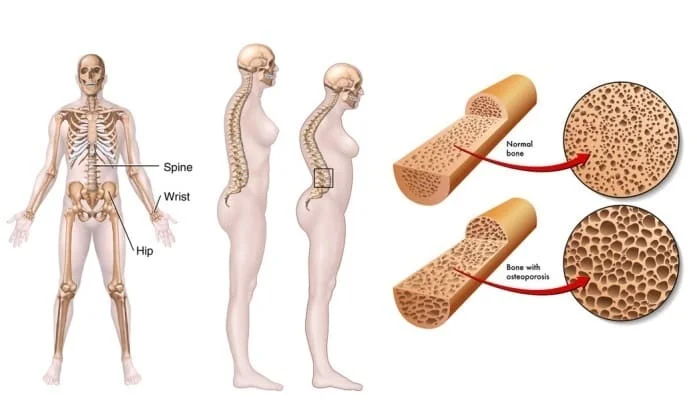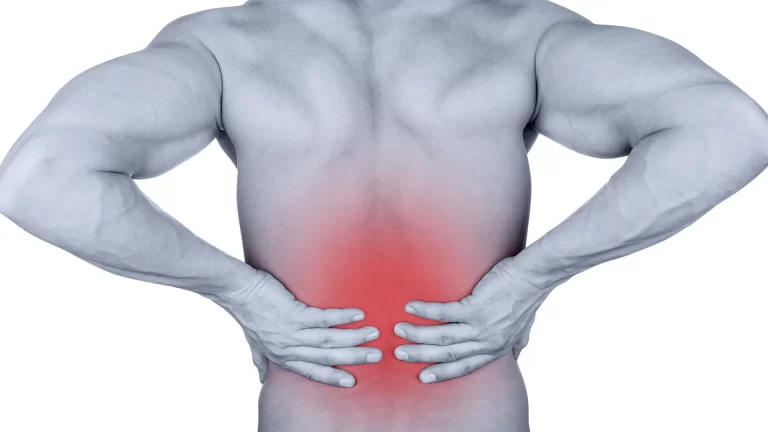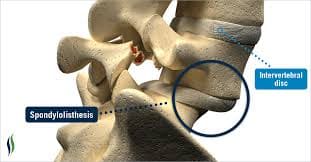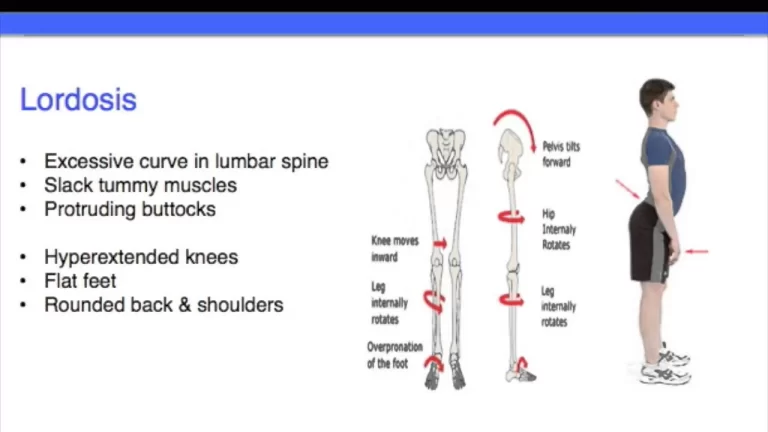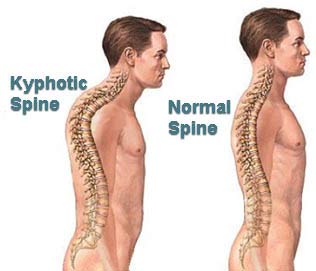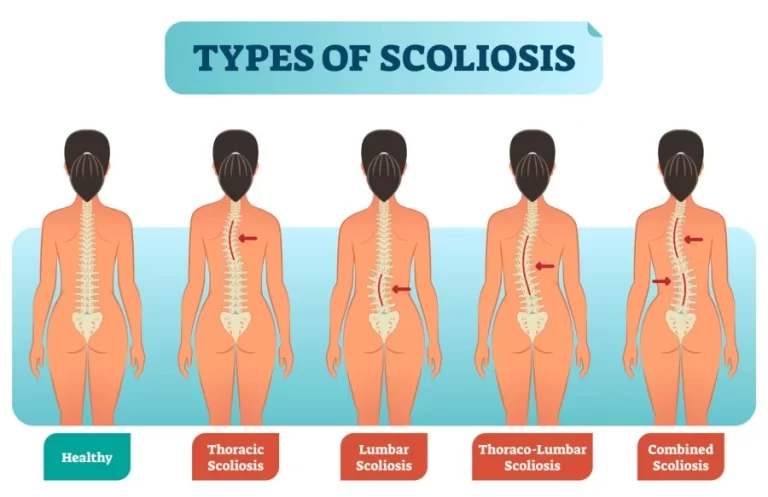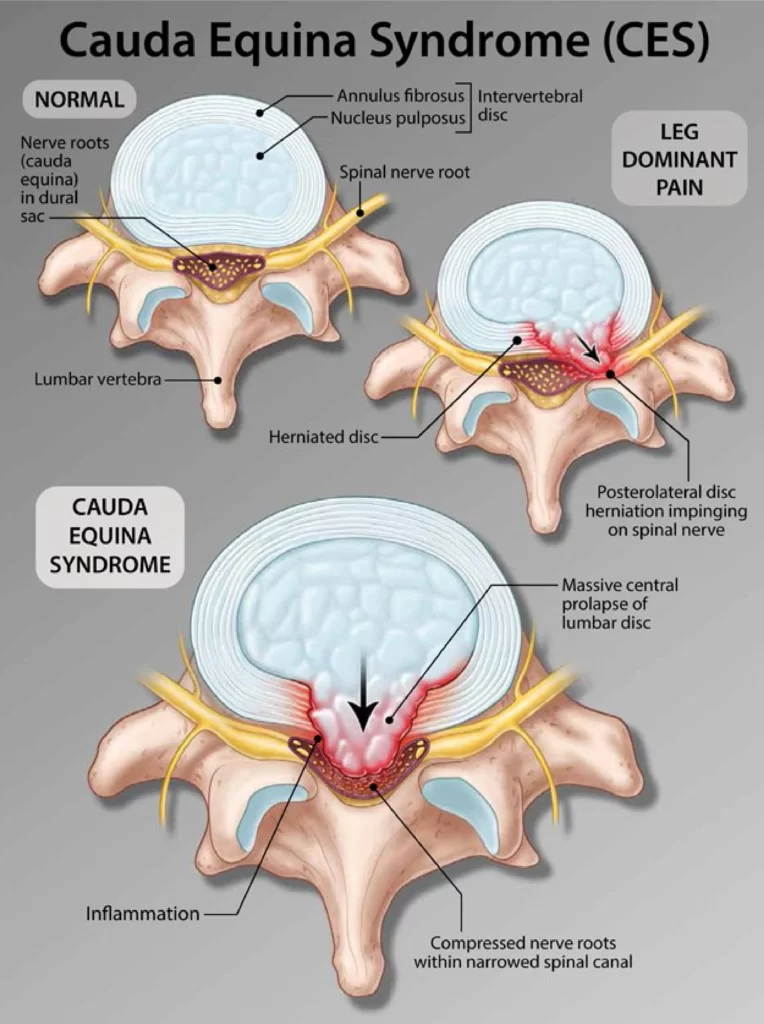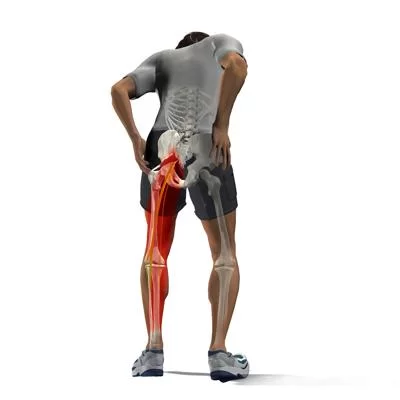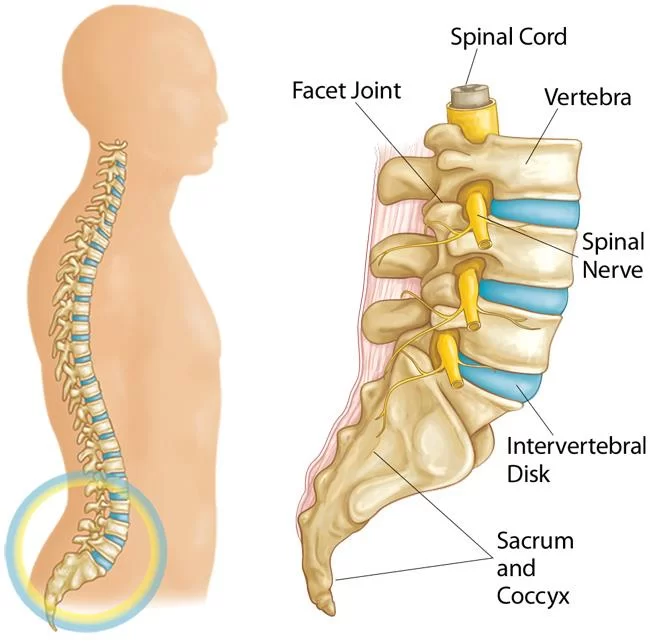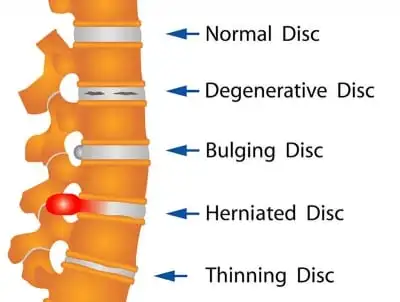Osteoporosis
Introduction Osteoporosis causes bones to become weak and brittle — so brittle that a fall or even mild stresses such as bending over or coughing can cause a fracture. Osteoporosis-related fractures most commonly occur in the hip, wrist, or spine. Bone is living tissue that is constantly being broken down and replaced. Osteoporosis occurs when…

